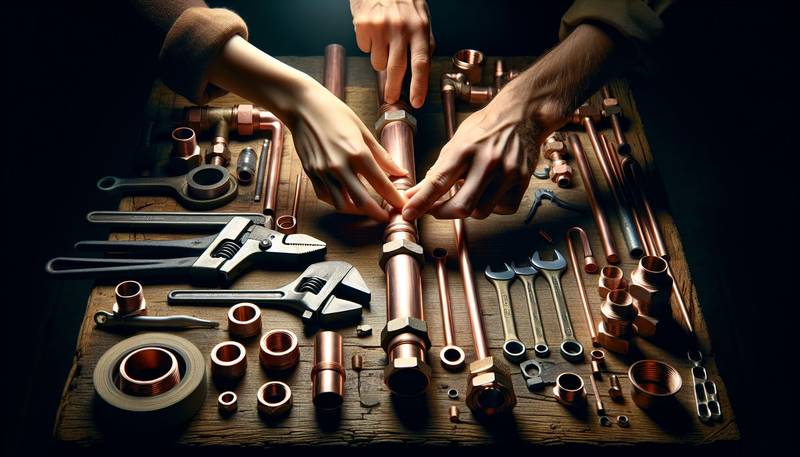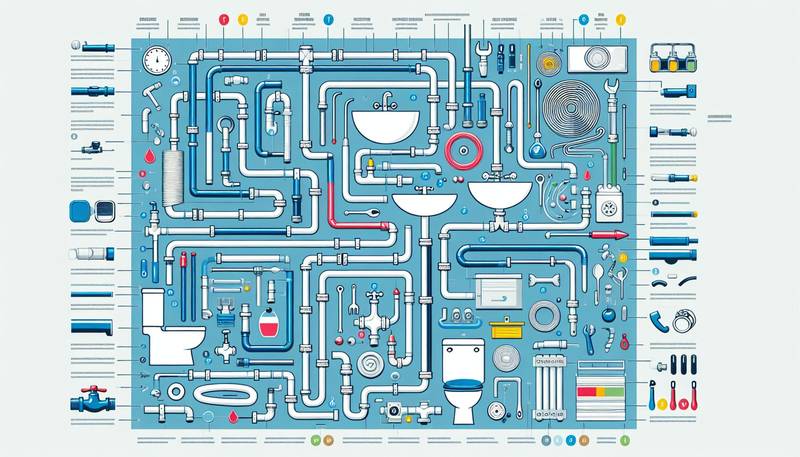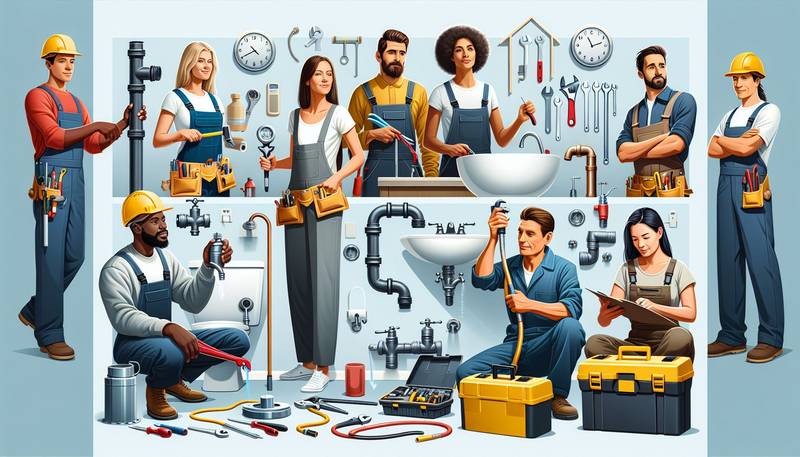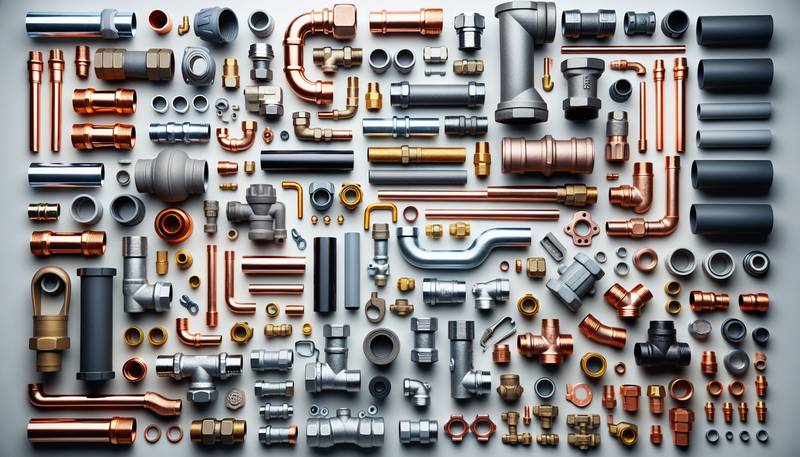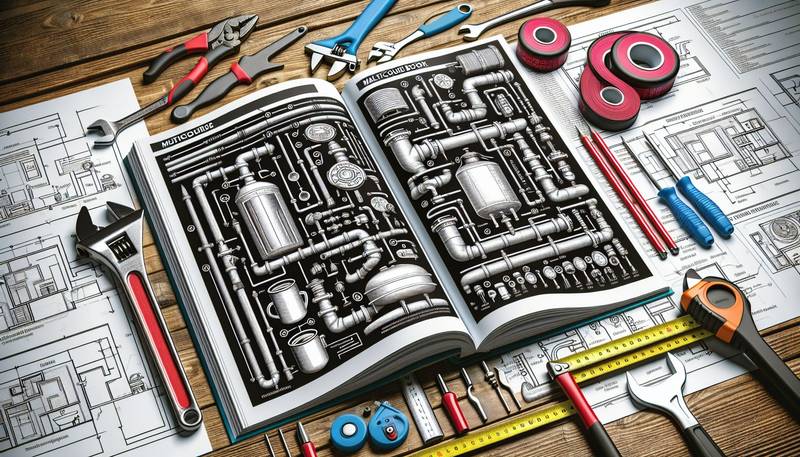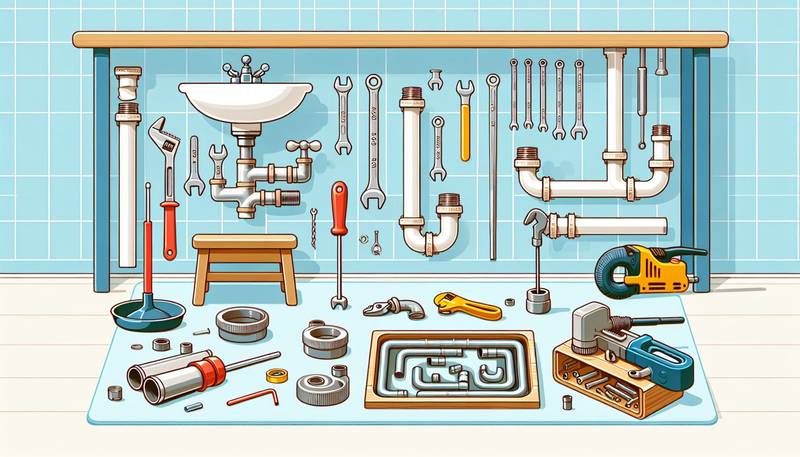Mastering the Art of Pipe Fitting: Tips and Tricks
In this article, we will discuss some tips and tricks to help you improve your pipe fitting skills and ensure that your projects are completed successfully.
Understanding the Basics
Before diving into pipe fitting techniques, it is essential to have a solid understanding of the basics. Familiarize yourself with different types of pipes, fittings, and joints commonly used in the industry. Learn about the various materials used for piping, such as PVC, copper, and steel, and the advantages and disadvantages of each.
Proper Planning and Measurement
One of the most critical aspects of successful pipe fitting is proper planning and measurement. Before starting a project, take the time to plan out the layout of the pipes and fittings. Measure the dimensions accurately and double-check your calculations to avoid costly mistakes down the line. Remember the old adage: "measure twice, cut once."
Use the Right Tools
Having the right tools for the job is essential when it comes to pipe fitting. Invest in high-quality cutting tools, wrenches, reamers, and deburring tools to ensure that your work is precise and efficient. Using the correct tools will not only make your job easier but will also help prevent damage to the pipes and fittings.
Proper Pipe Preparation
Properly preparing the pipes before fitting is crucial to ensure a secure and leak-free connection. Clean the ends of the pipes thoroughly using a pipe cleaner or emery cloth to remove any dirt, debris, or corrosion. Be sure to deburr the edges to prevent damage to the O-rings and ensure a snug fit.
Pay Attention to Alignment
Proper alignment is key to achieving a tight and secure pipe fitting. Make sure that the pipes and fittings are aligned correctly before making any connections. Use a level or plumb line to ensure that the pipes are straight and level, and make any necessary adjustments before tightening the joints.
Use Lubrication
Using lubrication can make the pipe fitting process much smoother and help prevent damage to the pipes and fittings. Apply a small amount of lubricant to the O-rings or gaskets before making any connections to ensure a tight seal. Avoid using excessive force when tightening the joints, as this can cause damage to the threads.
Test for Leaks
After completing the pipe fitting, it is essential to test the connections for leaks. Fill the pipes with water or air, depending on the application, and check for any signs of leakage. Inspect all joints and connections carefully and make any necessary adjustments to ensure a watertight seal.
Continuous Learning and Improvement
Mastering the art of pipe fitting is a lifelong process that requires continuous learning and improvement. Stay updated on the latest industry trends, techniques, and technologies to enhance your skills and stay ahead of the curve. Consider taking classes or attending workshops to expand your knowledge and network with other professionals in the field.
In conclusion, mastering the art of pipe fitting requires practice, patience, and attention to detail. By understanding the basics, planning carefully, using the right tools, and following proper techniques, you can achieve professional and reliable results in your pipe fitting projects. Remember to always prioritize safety, quality, and precision in your work to ensure a successful outcome every time.
